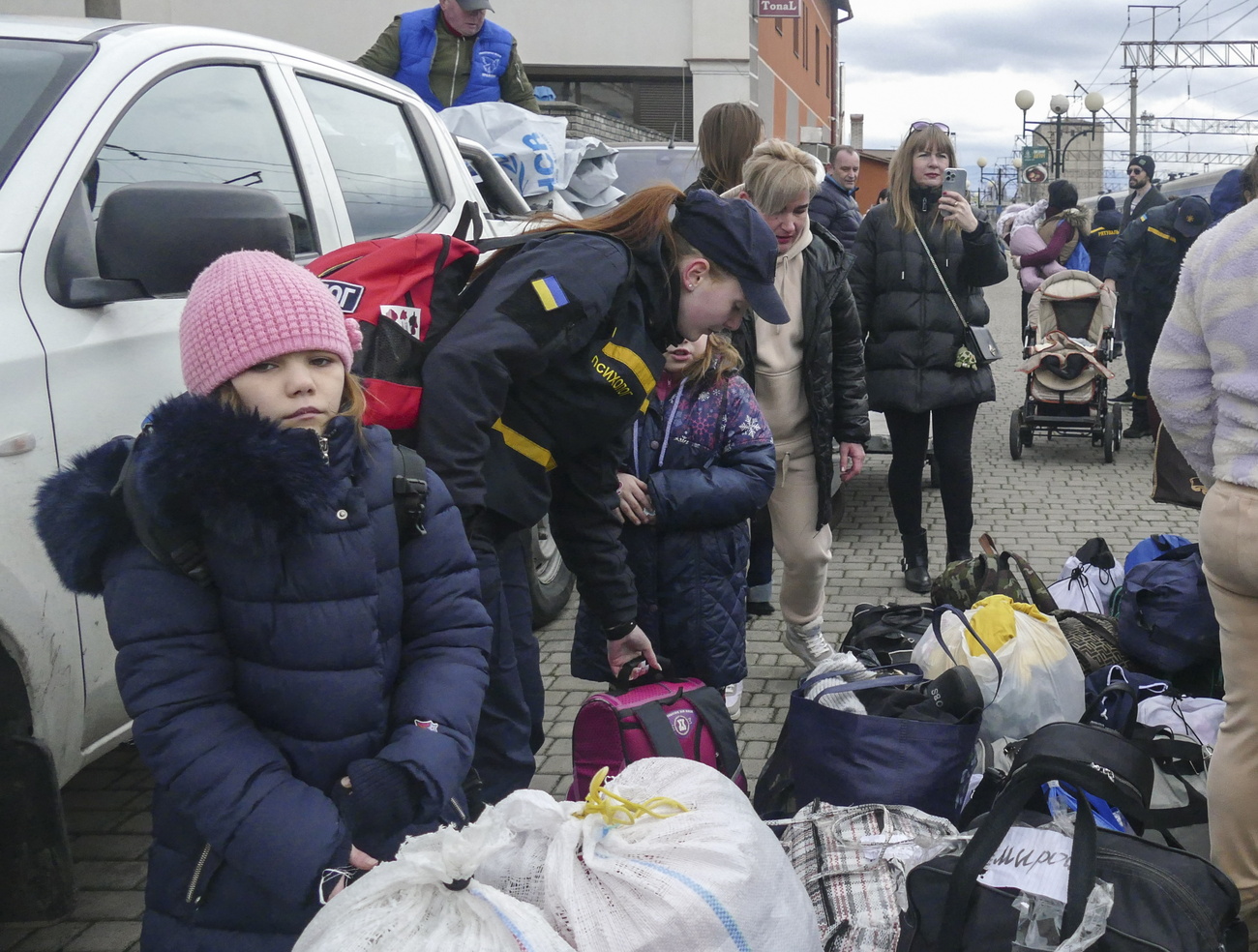
Swiss firm helped build Saddam’s bunkers

A Zurich firm, Zellweger Luwa, supplied essential equipment and expertise to build bunkers in Iraq in the mid-1980s.
One is located directly under the headquarters of Saddam Hussein’s ruling Ba’ath party.
The Iraqi regime decided in the 1980s to take advantage of Switzerland’s expertise in constructing underground safe havens. The Swiss Alps contain a network of underground bunkers – built during the Cold War – large enough to house the entire population.
Zellweger Luwa’s operations in Iraq were perfectly legal; taking place while Saddam was still a favoured client of western firms.
Luwa’s Ulrich Haug told swissinfo that his firm did not actually construct the bunkers but “We delivered certain products – filters, [bomb-proof] doors and the like – which were… installed in the bunkers”.
He said some of the firm’s staff had travelled to Iraq as part of the deal. “We were subcontractors in certain projects; in other projects, we sent in our people to install certain [equipment].”
Missiles
It is unclear how effective Saddam’s bunkers would be if attacked by United States missiles.
Swiss military engineer, Erich Buser, told a newspaper that at the time of their construction, Saddam’s bunkers had “good protective cells which would combat the effects of atomic, biological and chemical weapons”.
But Buser, who was involved in building underground bunkers in Switzerland, said technological advances since the 1980s have made such weapons more effective, leaving open the question whether these bunkers could stand up to modern weapons.
To be effective against attack, bunkers should be embedded under at least ten metres of rock, according to tests conducted by Swiss experts.
Many of Saddam’s bunkers are reportedly located in the desert, and these would need to be significantly deeper.
Specifications
Haug told swissinfo that the firm had no knowledge of the bunkers’ specifications nor how many were constructed or where they were, beyond the one under the Ba’ath party headquarters.
“We had a dept which made certain components which could be used in the construction of bunkers. We have since sold this dept.”
He added that the firm’s equipment was unlikely to have been used to construct any of the bunkers under Saddam’s palaces since “we stopped our activities with Iraq in the mid-1980s”.
“For us it was just a job,” said Haug. “It was perfectly in compliance with international and national laws, so I have no feelings about it.”
swissinfo, Samantha Tonkin and Isobel Johnson
The Swiss firm’s dealings with Iraq were perfectly legal; taking place while Saddam was still a favoured client of western firms.
As well as supplying equipment for the bunkers, the firm sent some staff to Iraq to install filters and bomb-proof doors.
It is unclear whether these bunkers would be effective against attack today.
Swiss experts say that bunkers need to be embedded under at least ten metres of rock.
Many of Saddam’s bunkers are reportedly located in the desert, and these would need to be significantly deeper.

In compliance with the JTI standards
More: SWI swissinfo.ch certified by the Journalism Trust Initiative
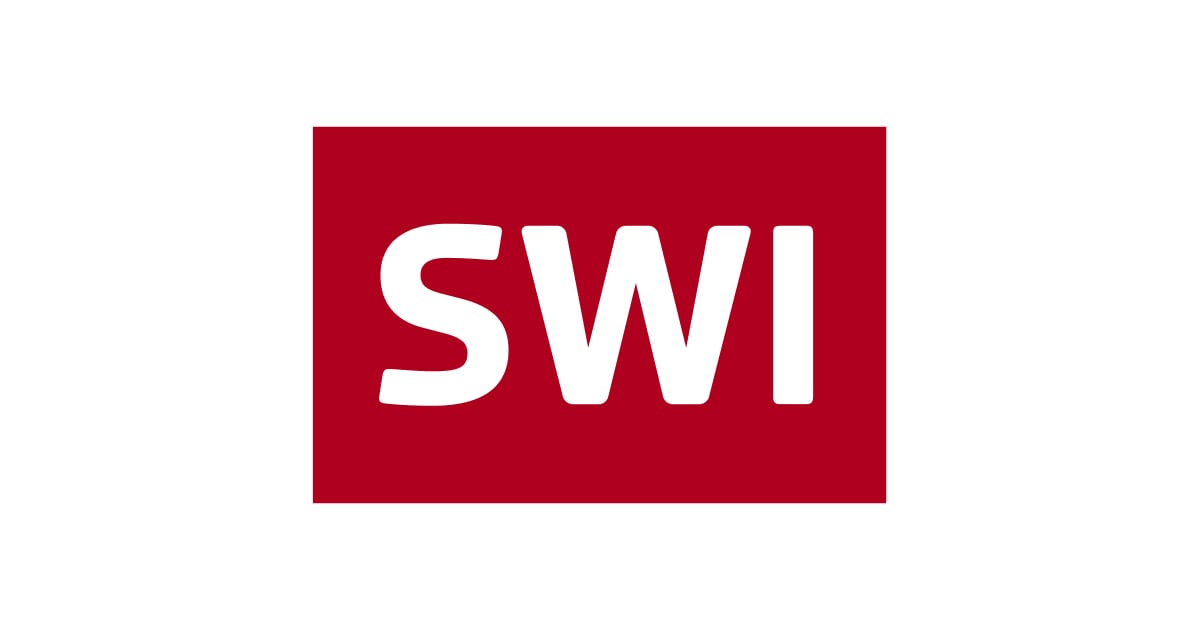



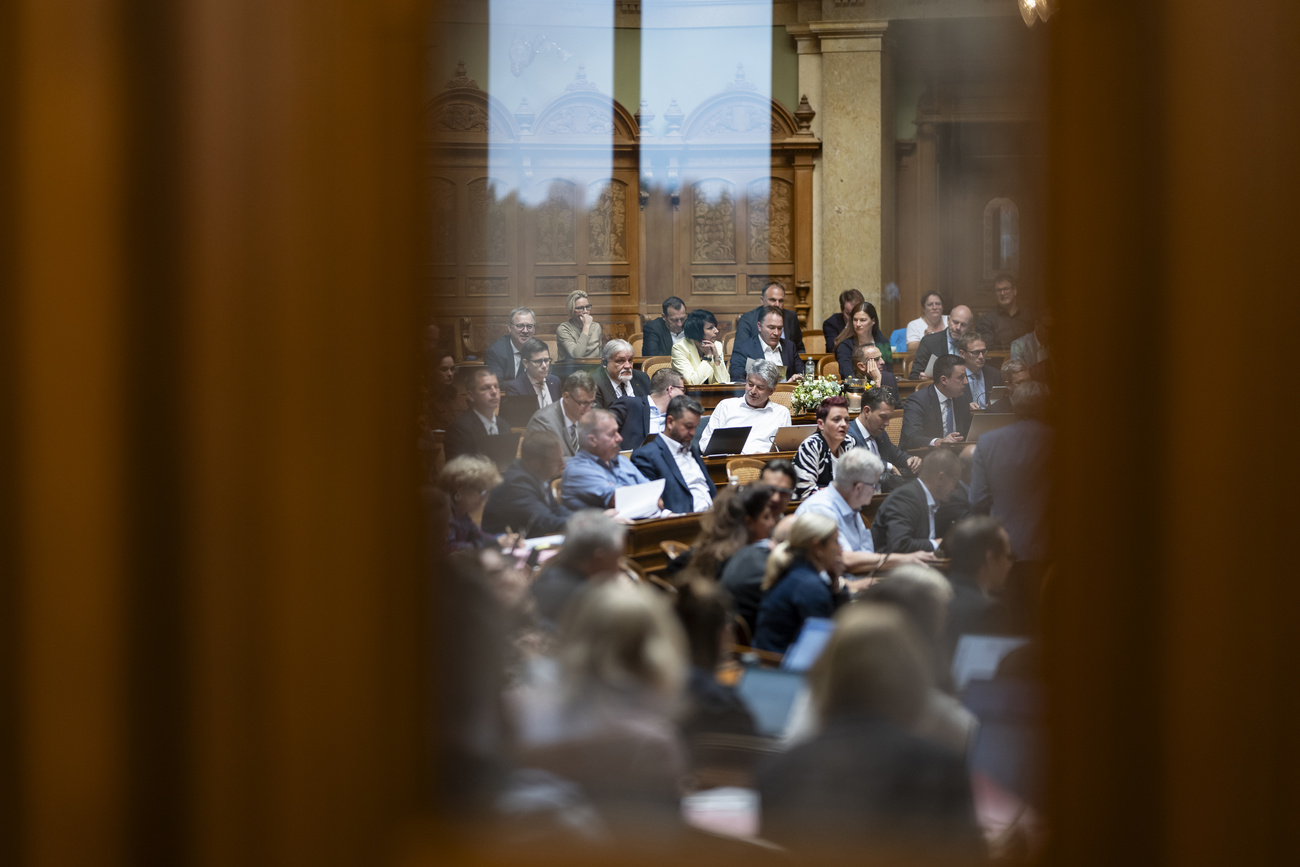
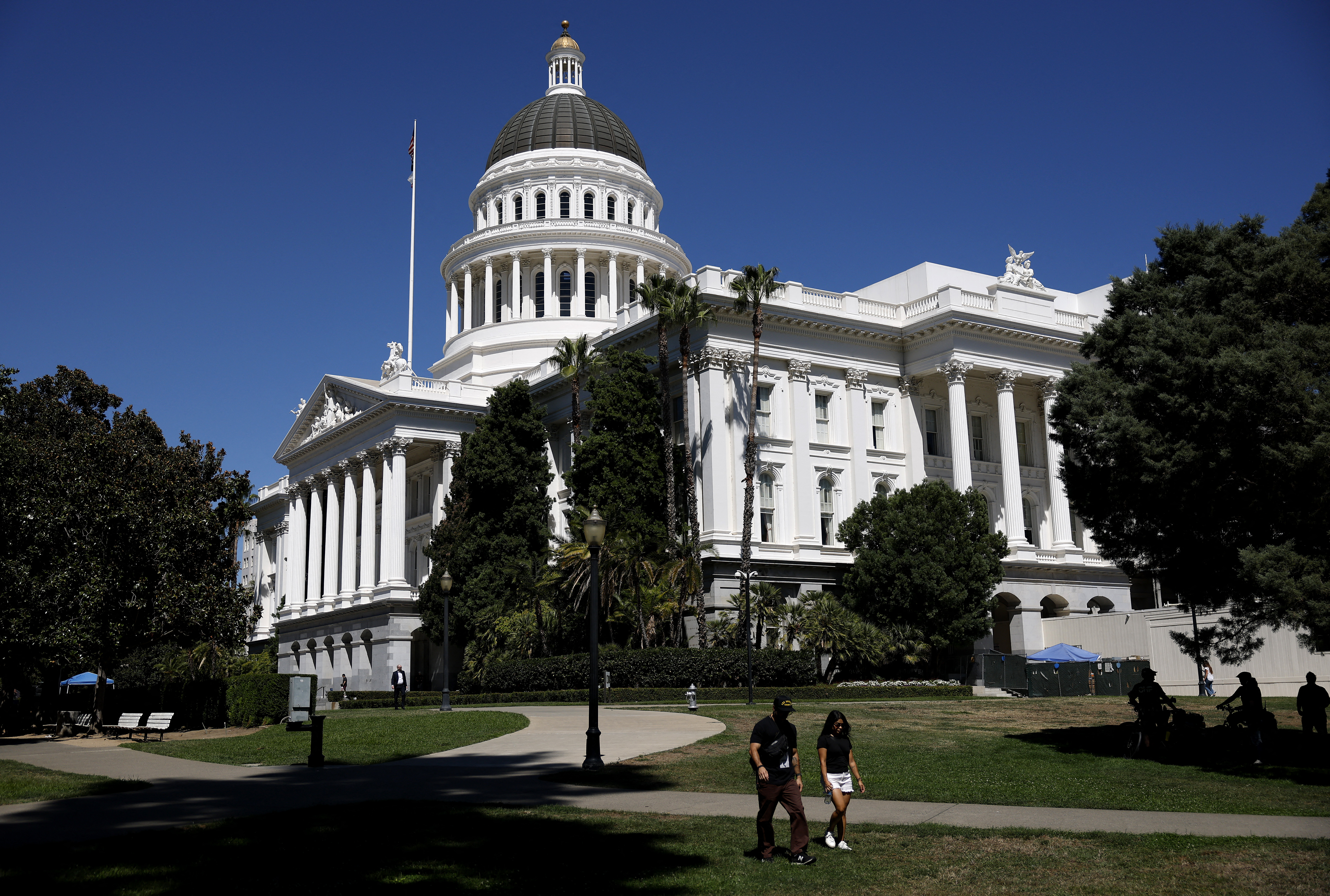
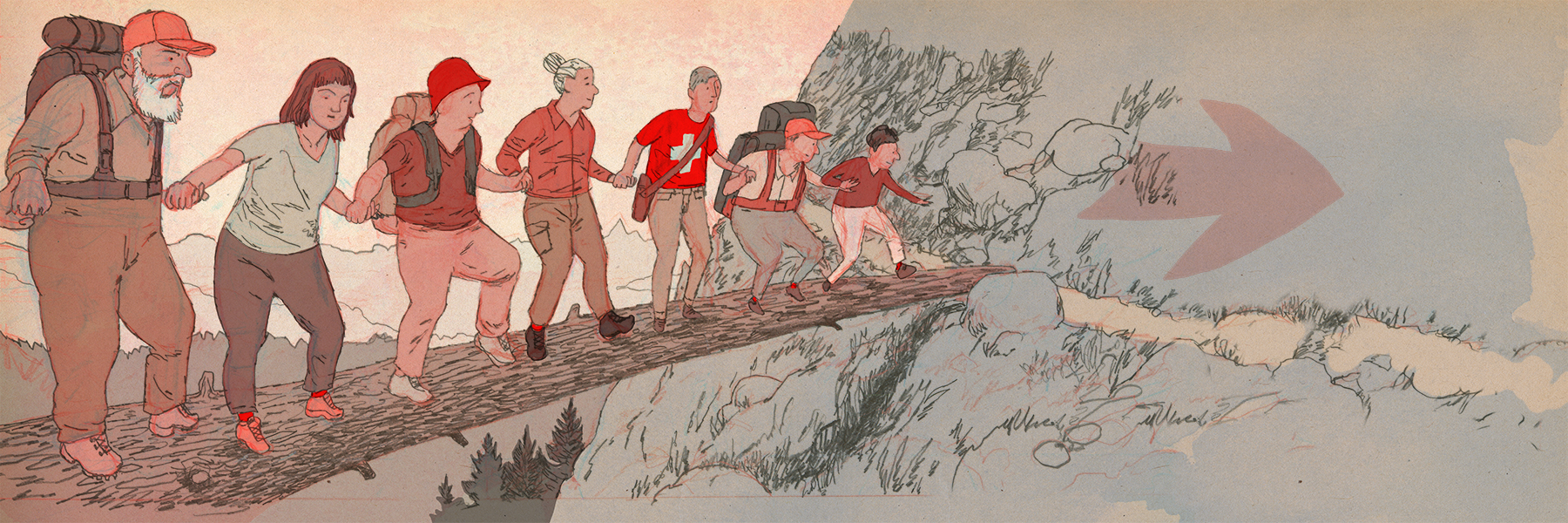






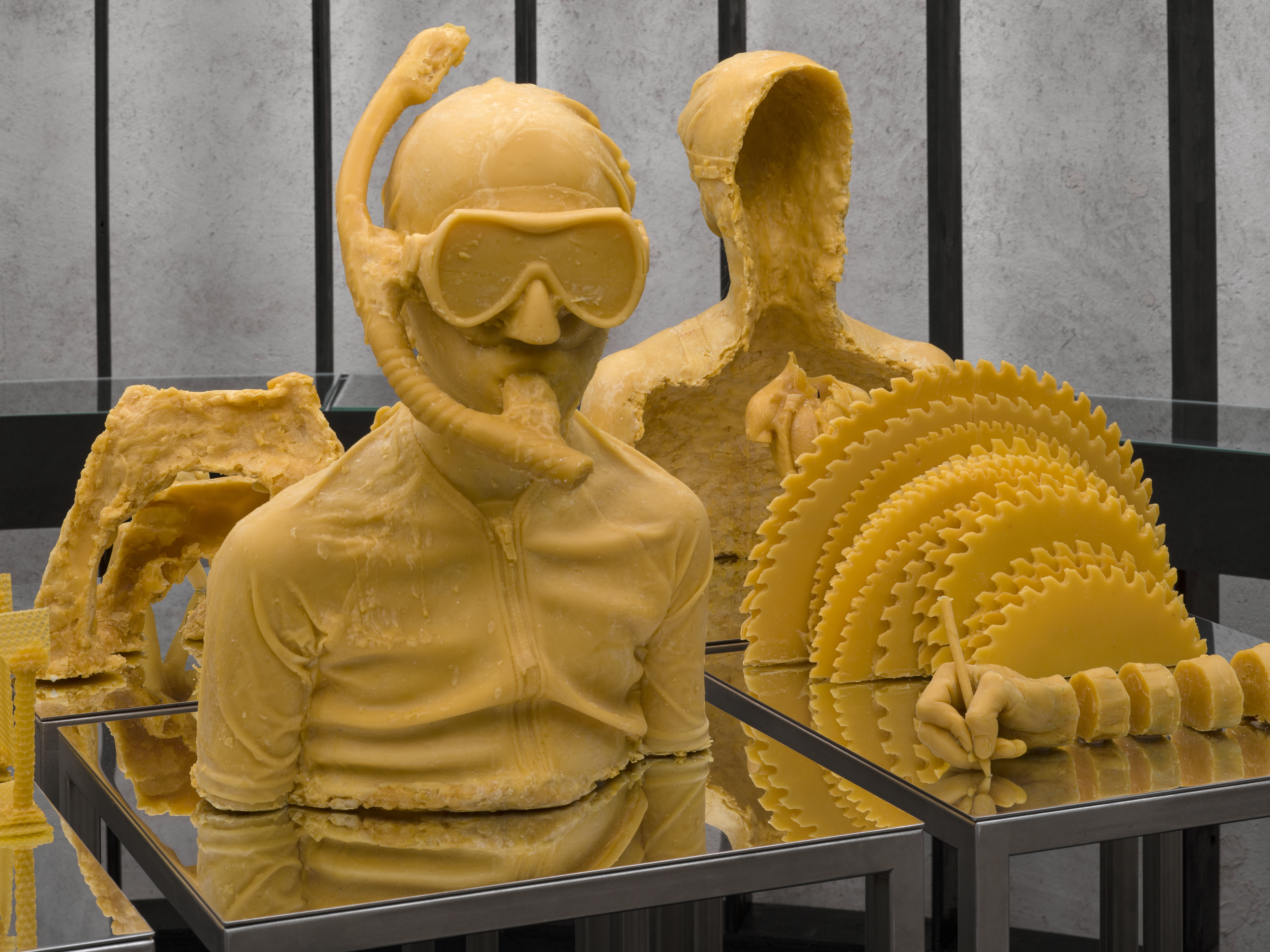
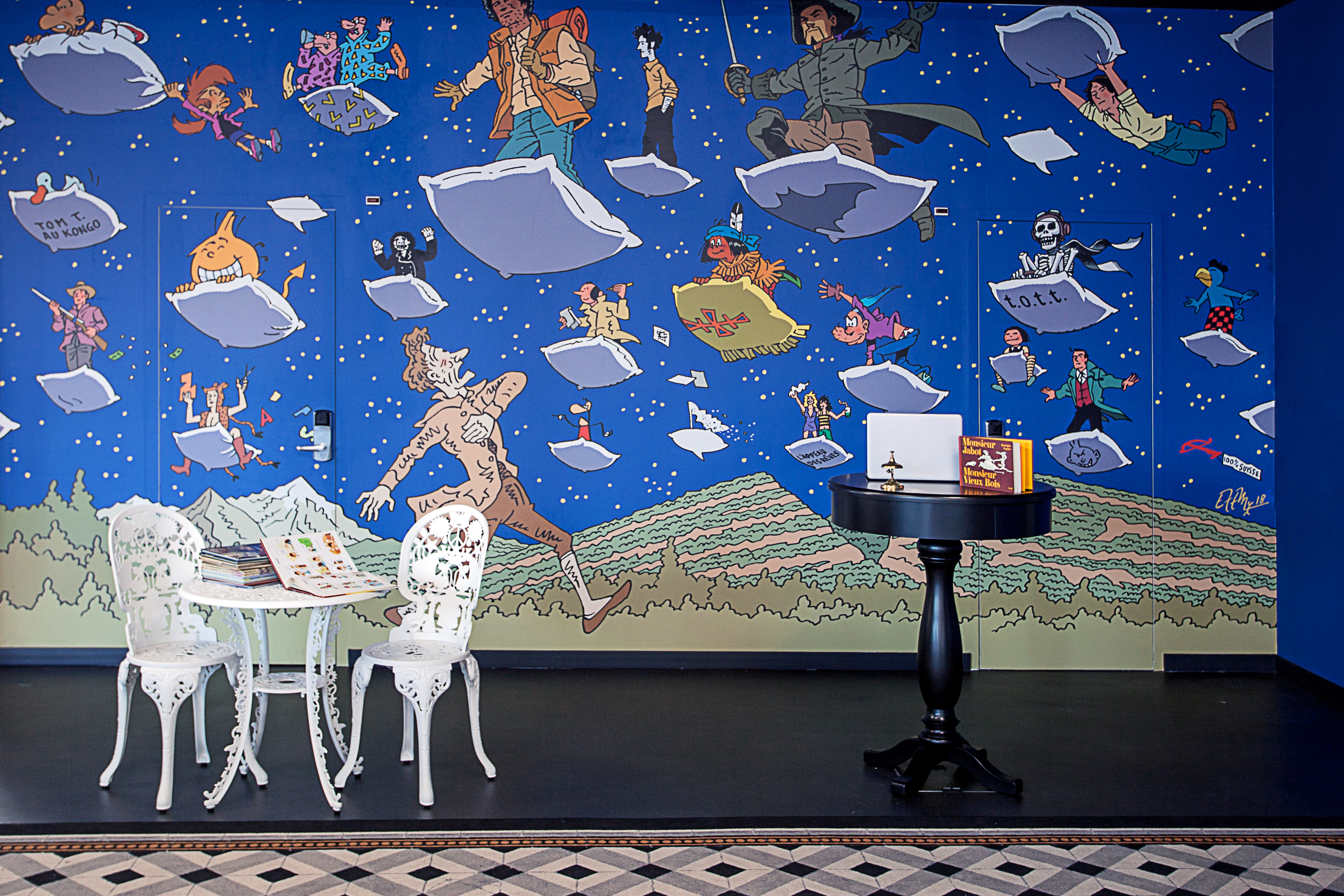




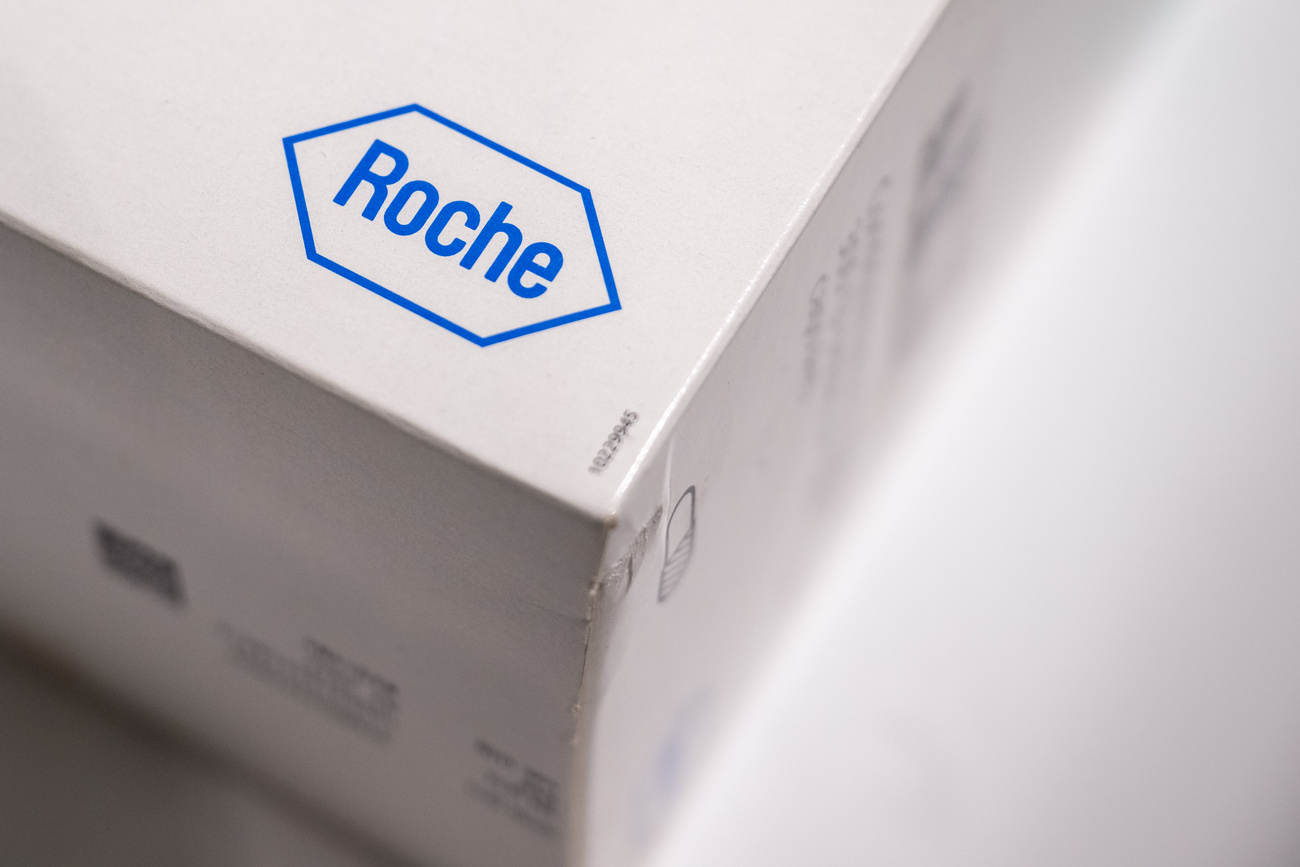







You can find an overview of ongoing debates with our journalists here . Please join us!
If you want to start a conversation about a topic raised in this article or want to report factual errors, email us at english@swissinfo.ch.